#women in archaeology
Photo


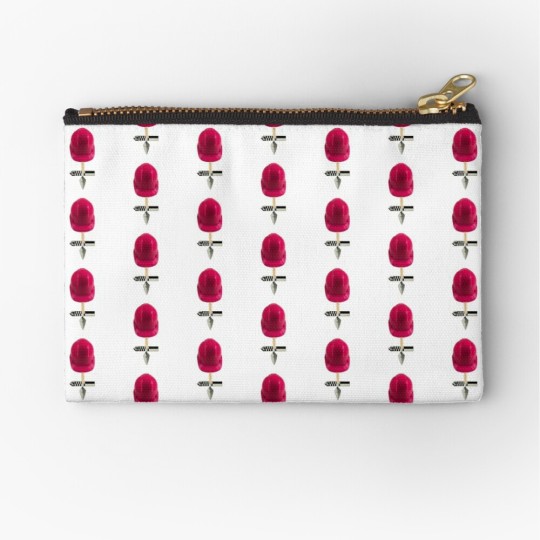

Support the work of the Women in Archaeology Podcast!
(via "WIA Logo" Sticker for Sale by WomenArchys)
#findyourthing#redbubble#archaeology#WIA#Women in archaeology#podcast#blog#archeology#archaeologist#women#hardhat#trowel#north arrow#sticker#pink#WIA Logo#archaeologists#fieldwork
8 notes
·
View notes
Text
Look, I get why the whole Cleopatra ‘no man will find my tomb’ thing exists and why people are excited about it. But seriously, there is nothing more aggravating as a woman in archaeology than people sensationalising women in archaeology. We’re not mythical creatures from a prophecy.
I don’t want to be girlbossified, I want to be taken seriously, thank you.
#archaeology#women in archaeology#hot take#personal#womxn in archaeology#feminism#feminist#Cleopatra
46 notes
·
View notes
Text
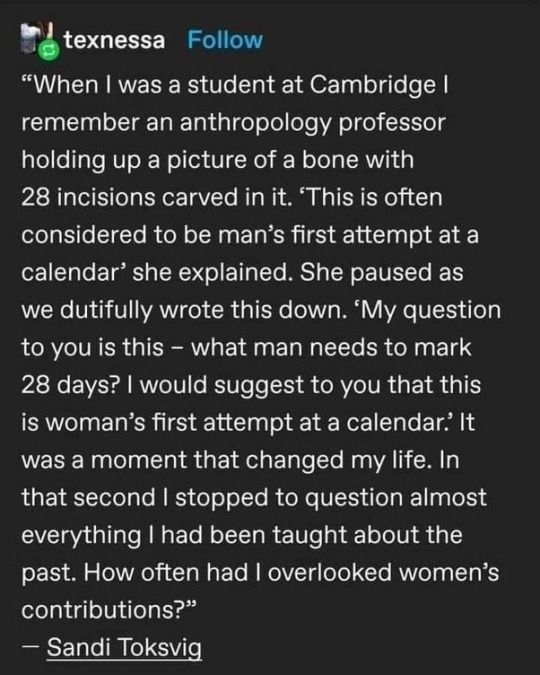
600 notes
·
View notes
Text
yk what I love? that the first text we have written by a woman in England was a Roman woman inviting her best friend to her birthday
#the first words written by a woman were ones of love#she called her 'my dearest soul'#i just love women#so much#roman empire#vindolanda#hadrians wall#ancient history#history#archaeology#art history
725 notes
·
View notes
Text
Archeaology gives us the name of another woman in History
Archaeologists digging in one of the oldest cities in Egypt have discovered evidence that sheds new light on the life of the ancient Egyptian queen Merneith, who ruled during the 1st Dynasty.
The excavation of a tomb in the Umm al-Qaab area in Abydos found an inscription on a “stone vessel” that provides new historical information about Merneith’s reign, during which she held “a great position” and was responsible for the central government offices, said Christiana Köhler, who led the dig.
“It has been speculated that Merneith may have been the first female Pharaoh in Ancient Egypt,” Köhler said in a news release, “but her true identity remains a mystery,”
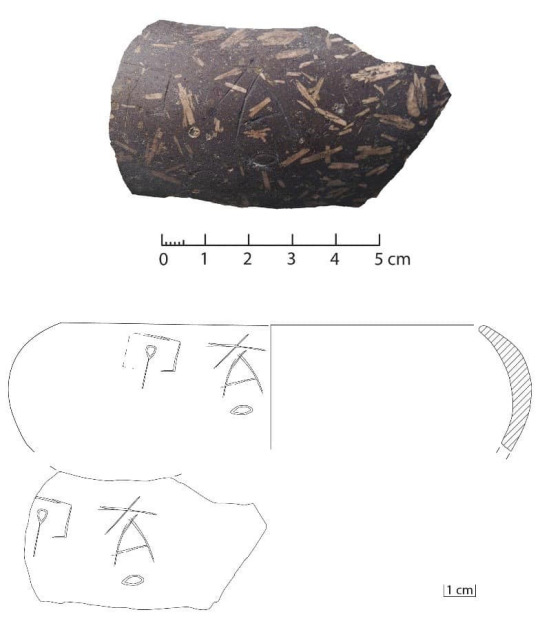
A fragment of a stone vessel recently found in the tomb of Queen Merneith. It has an incised inscription with her name on the right and the mention of the royal treasury on the left. Photo courtesy of EC Köhler, M Minotti.
Köhler specified that Merneith, also known as Meret-Neith, may have been in charge of the treasury among other government offices, supporting the idea of her historical significance. She is the only 1st-Dynasty woman whose tomb has been uncovered in Abydos so far.
“Considering that these are the remains of people’s lives and actions from 5,000 years ago, we are stunned every day at the amazing detail we encounter during our investigations, including the perfectly preserved grape seeds, craftwork and even footprints in the mud,” Köhler said over email.
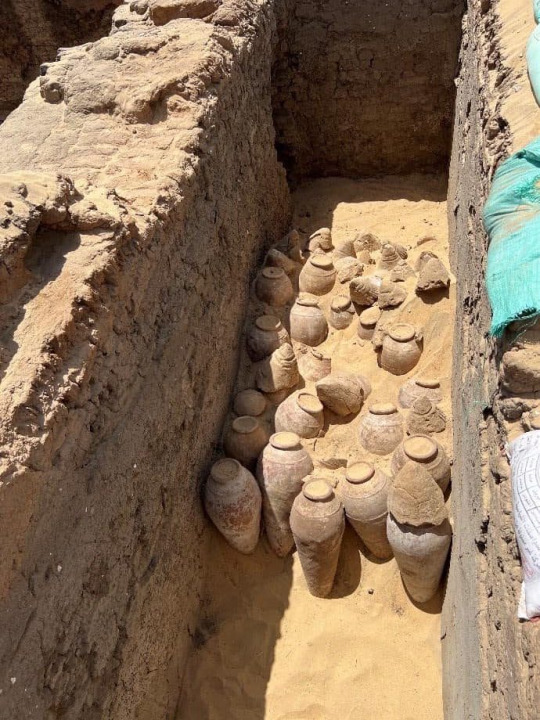
The wine jars are seen during the excavation of Merneith’s tomb. Photo courtesy of Egypt’s Ministry of Tourism and Archaeology

Egypt’s Tourism Ministry highlighted hundreds of 5,000-year-old wine jars found in the tomb in the Umm al-Qaab area in Abydos, one of the oldest cities in Egypt located about 354 miles south of Cairo. Photo courtesy of Egypt’s Ministry of Tourism and Archaeology
Discoveries made in the dig also “challenge the long-held belief in human sacrifice,” Köhler added in the news release.
Next to Merneith’s burial site, archaeologists found a group of 41 tombs for her courtiers and servants, indicating these chambers were built during different periods of time.
“This observation, together with other evidence, radically challenges the oft-proposed, but unproven idea of ritual human sacrifice in the 1st Dynasty,” Köhler said.
The news release highlighted the discovery of hundreds of 5,000-year-old wine jars that had never been opened. The archaeological team—hailing from Egypt, Germany and Austria—found the remains of wine inside.
Mustafa Waziri, Secretary General of Egypt’s Supreme Council of Antiquities, said in a statement that the discovered jars are large in size and “in a good condition of preservation.”
“Some of them are very well preserved with their jar stoppers still intact,” Köhler said.
#women in history#Discoveries in Archaeology#Egypt#Ancient Egypt#queen Merneith#1st Dynasty#Abydos#Queen Meret-Neith#5000 years ago#Umm al-Qaab
277 notes
·
View notes
Text
"books are a slow moving history"
shut the FUCK up. the first book on the sinking of the titanic was published 37 DAYS after the ship sank
172 notes
·
View notes
Note
Hi hi! Hope your day is going alright. I was wondering if you'd care to share the most exciting thing you've found during one of your digs? Whether it was just you personally or you and your team (if you're part of a dig team).
4500yo bronze age burial of 2 ppl holding hands. Like, lying in a fetal position facing each other, with their right hands extended towards eachother, fingers intertwined, . Coincidentally theyre also 2 females :^)
55 notes
·
View notes
Text
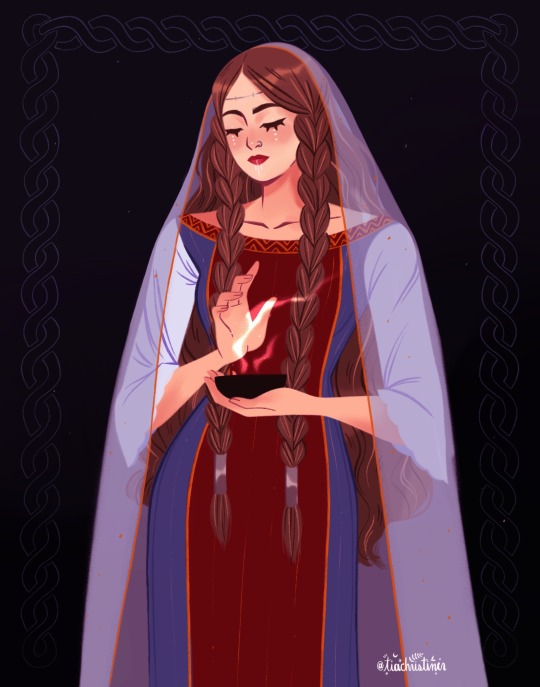
The Seeress of Fyrkat
#illustration#vikings#sorceress#artists on tumblr#my art#digital art#women artists#procreate art#history#archaeology
130 notes
·
View notes
Text
https://www.archaeology.org/issues/552-2405/digs/12301-dd-egypt-luxor-women-stela

Interesting article on the appearance of women in Egyptian art, specifically on stelae.
39 notes
·
View notes
Photo
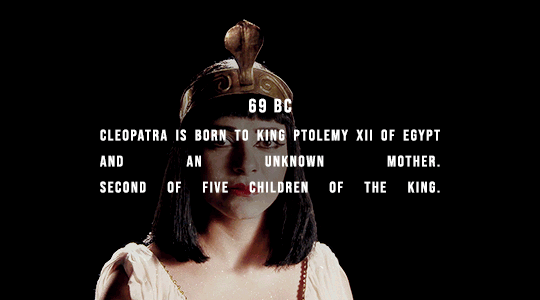

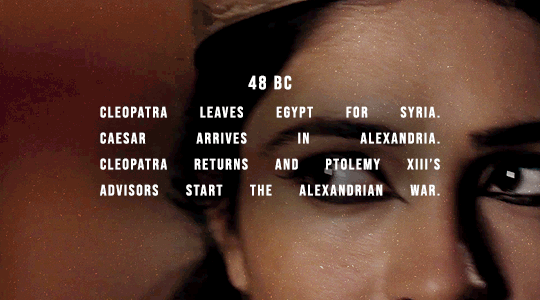

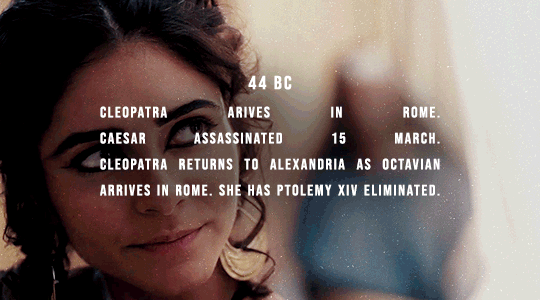



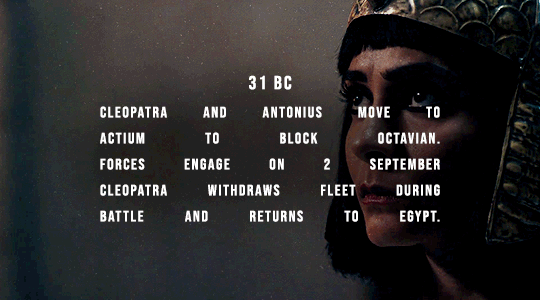

— Events in the life of CLEOPATRA VII —
Text Source — Cleopatra: A Biography by Duane W. Roller (2011)
Video Source — Women Who Made History: Cleopatra (S1E4) (2013)
#egypt#ancient egypt#egyptology#archaeology#historyedit#mine#my edit#cleopatra vii#ptolemaic period#doc: women who made history#2013#caesar#antonius
478 notes
·
View notes
Text
Check out our most recent episode with the wonderful Rachel Morgan, the author of 'Sins of the Shovel'!
#Looting#history#evolution#archaeology#archeology#Mesa Verde#Chaco Canyon#Grande Gulch#archaeologists#vandalism#indigenous voices#women in archaeology
3 notes
·
View notes
Text
no one come after me but i wholeheartedly believe that the whole dynamic between sokrates and alkibiades would be 100x funnier if alkibiades was pining for his teacher but was never reciprocated, and would have moments where on his end he was obviously flirting, but sokrates seemingly never noticed
#but ofc he noticed he just pretended otherwise#im not explaining this properly#but think of AC Odyssey#kind of like that#but like if alki was actively his student#idk im reading abt sapphism in ancient roman media and it just came to me#so tired#ancient greece#ancient rome#greek history#gay#sapphic#wlw#wlw love#queer#ancient history#history#culture#women in history#archaeology#world history#anthropology
29 notes
·
View notes
Text
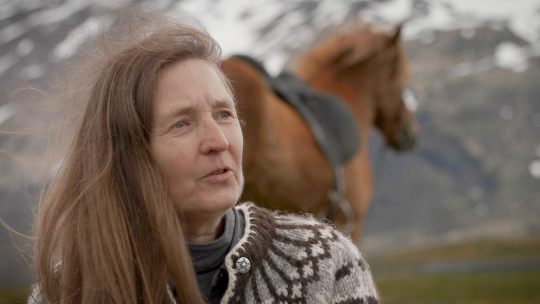
Viking historian Nancy Marie Brown’s new book, The Real Valkyrie: The Hidden History of Viking Warrior Women, explores what life might have been like for the warrior woman of Bj 581. Using more evidence from the recent tests conducted on the remains, Brown traces her journey from Norway to the British Isles to Kiev then, finally, to Birka. Brown imagines the unnamed warrior meeting other prominent Viking women, such as Gunnhild, Mother of Kings, or Queen Olga, ruler of the Rus Vikings in Kiev. She also explores the Viking sagas and contemporary sources with a new lens.
Atlas Obscura spoke with Brown about her new book, valkyries, and the assumptions that underlie the history we think we know.
How did you initially get interested in Vikings—and female Vikings in particular?
When I went to college, I actually wanted to study fantasy writing and, you know, learn to write like Tolkien. I learned very quickly that that was not appropriate for an English major in the 1970s, so I decided to study what Tolkien studied, and he was a professor at Oxford University, teaching Old English and Old Norse. So I started reading all of the Icelandic sagas that I could find in translation. And when I ran out of the English versions, I learned Old Norse so that I could read the rest of them.
One of the things I liked about [the sagas] the most was that they had really interesting women characters. There’s a queen in Norway who appears in about 11 sagas, Queen Gunnhild, Mother of Kings. She led armies. She devised war strategy. And then I was looking at the valkyries and the shieldmaids and thinking, you know, these are really interesting people that have always been considered to be mythological.
So when I learned in 2017 that one of the most famous Viking warrior burials turned out to be the burial of a woman, that just absolutely dazzled my imagination.
Is this the first confirmed grave of a female warrior that we have?
This is the one that has the best proof. There are one or two others that have since been DNA tested and proven to be female. But in each of these cases, it’s hard to say if the person in the grave, whether male or female, actually was a warrior, or if the object that we are interpreting as a weapon was used for hunting or for some other purpose.
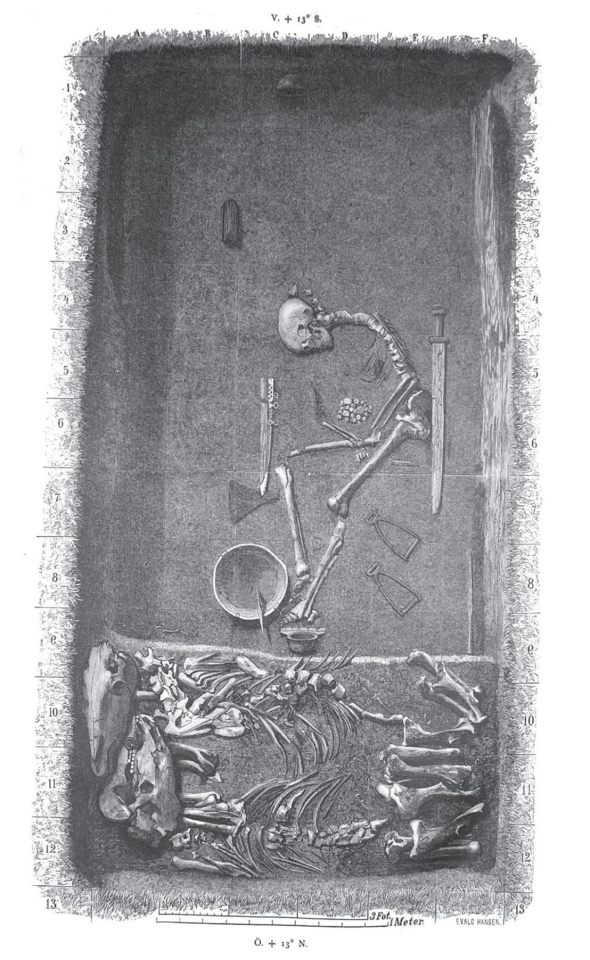
What do we know about the life of the Viking warrior woman in Bj 581?
In 2017, by testing her bones and her teeth, [scholars] could say she was between 30 and 40 years old when she died. They could also tell that she ate well all of her life. So she came from a rich family or maybe even a royal one. She was also quite tall, about 5’7”. By the minerals in her inner teeth, [scholars can determine] she may have come from southern Sweden or Norway, and also that she went west maybe as far as the British Isles before her molars finished forming. She didn’t arrive in Birka until she was 16.
We also have her weapons and a little bit of clothing that were found in the grave. And these link her to what is known as the Vikings’ East Way, which was the trade route from Sweden to the Silk Road.
We can link, through the artifacts and through the bones, that she could have traveled from as far west as Dublin to as far east as at least Kiev in the 30 to 40 years of her life.
How do we know that there were Viking warrior women?
They are mentioned many, many, many times in the literature. In most cases, they have been dismissed as mythological because, of course, we know warriors were men. But we don’t know that. That is an assumption that is based on traditional Victorian ideas that because women are mothers, they’re nurturing, they’re peacemakers, and they don’t fight.
That’s not historically true. Women have always fought. And they appear in most cultures until the 1800s, when Viking studies and archaeology pretty much started. So we sort of have this problem of bias in our earliest textbooks.

There’s this assumption that the warrior men of myth must have been based on real people, but it’s not the same for the mythical warrior women. Why is that?
It’s just an assumption based on what people think women are like. Most of the material we have from the Middle Ages was written by men, and most of the material we have until the 1950s was written by men, and women are slowly making their way into the field of Viking scholarship. But many of them are still working under the assumptions that they were taught.
I noticed when I went back and reread some of the sagas in Icelandic that there wasn’t this clear distinction between the warrior women being mythological and the warrior men being human. When you actually look at the old Norse text, there’s a lot of words that have been translated as “men” that actually mean “people,” but it’s always been translated as “men” because it’s a warrior situation.

Is it possible for historians to remove all of those biases?
No, I don’t think it is. I think we all are looking through our own lenses. But we have to revisit those sources every generation to see past biases. So when you have layer after layer after layer of removing biases, you may get closer to the truth.
What most surprised you in the course of researching your book?
One of the controversies right now in Viking studies is should we really be talking about men and women at all? Maybe there were all kinds of different genders. We don’t know if there were more than two genders in the Viking age. Maybe it was a spectrum.
If you look at this one group of sagas called the Sagas of Ancient Times that are often overlooked because they have all these fabulous creatures in them, like dragons and warrior women. It’s really interesting [because] these girls grow up wanting to be warriors. They’re constantly disobeying and trying to run off and join Viking bands. But when they do run off and join the Viking band, or, in another case, become the king of a town, they insist on being called by a male name and use male pronouns.
So it was very shocking to me to go back and read it in the original and say, “Wow, all this richness was lost in the translation.”
#Nancy Marie Brown#vikings#history#women in history#archaeology#women warriors#warfare#warrior women#norse history#atlas obscura
362 notes
·
View notes
Text
So apparently Swedish and Polish facial reconstructionists decided to try to recreate the famous Incan "Ice Maiden" mummy dubbed "Juanita".


Truthfully, I feel like these European reconstructionists ( do not know how to re-create Andean facial features and the results ended up... terribly uncanny. So down below, with the use of photoshop, I edited the bust with more Andean Indigenous Peruvian facial features to honor the "Ice Maiden".
My version:
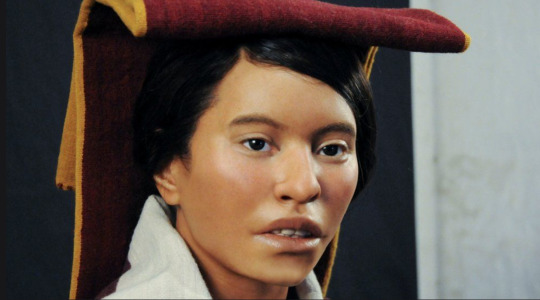
I made her brows straighter and longer, got rid of the cleft chin, gave her a down-turned mouth, broader lips (not small), I made her lips a little larger too and I made her nose longer/bigger and wider around the nasal Ala. I also broadened her nostrils a tad
and I made her under-eyes more puffy
I widened her bone structure
I emphasized her sideburns
My version (on top):
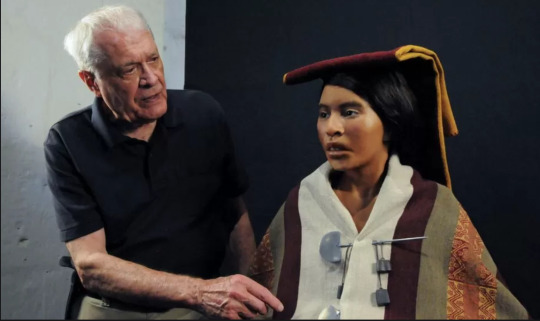
original (white euros created) below:
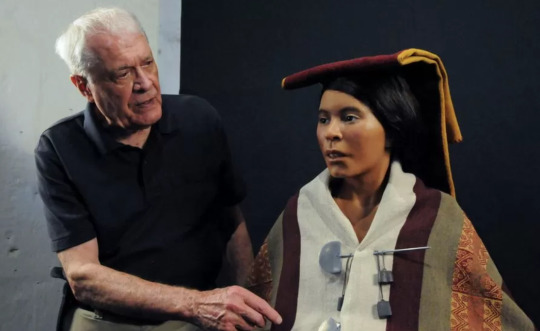
I hope that in the future, more Andean/Indigenous Peruvian facial reconstructionists have opportunities to work on revealing the faces of their kin and ancestors. We needed more andean people involved in her reconstruction.
Let me know what you think of my edits down below too!
I hope you enjoy them!
the original article can be read here:
#I took the artistic liberty to remove her cleft chin all together because i never see andeans like myself with clefts#i love a more down turned lip/mouth shape#archaeology#indigenous peruvians#native peruvian#inca#inca girl#ice maiden#facial reconstruction#my photoshops#andean history#andean pride#native south american#mujer andina#ndn tumblr#andean culture#andean textiles#andean indigenous#indigenous women#andina#andean#bipoc#indigena#pre columbian#andes#warmi#we need more ndns in science
23 notes
·
View notes
Text

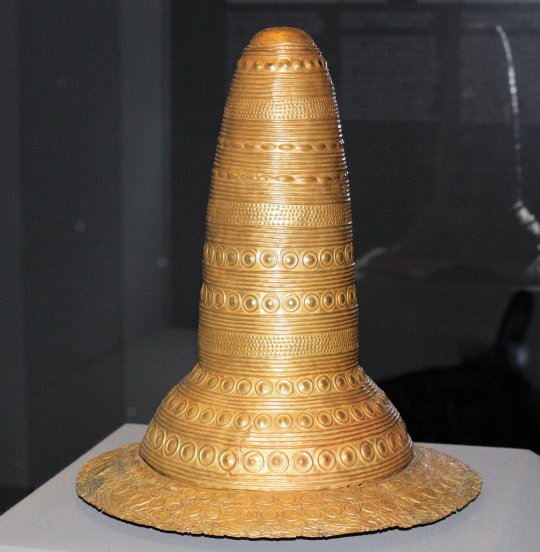
#parallels#yemeni women herders#yemeni female goat herders#early bronze age golden hat#yemen#goldhut#artefact#headdress#european prehistory#bronze age#Schifferstadt#my upl#archaeology
22 notes
·
View notes
Text
In 2021, at Suontaka Vesitorninmäki, Hattula, in Finland, archaeologists discovered the grave of a Viking warrior, the body wearing female clothes, on a soft feather blanket with trinkets, and two swords. They believe that the person had Klinefelter syndrome, giving rise to XXY chromosomes. This had probably been a person respected in their eleventh-century society, wearing women's clothing, fighting as a warrior, perhaps understood to be one of the many sexes on the huge spectrum of sexual identity that was then known but which we have tried to forget.
"Normal Women: 900 Years of Making History" - Philippa Gregory
#book quote#normal women#philippa gregory#nonfiction#20s#2020s#21st century#suontaka vesitorninmaki#hattula#finland#archaeology#grave#viking#warrior#fit check#feather blanket#trinkets#swords#klinefelter syndrome#xxy#intersex#11th century
11 notes
·
View notes